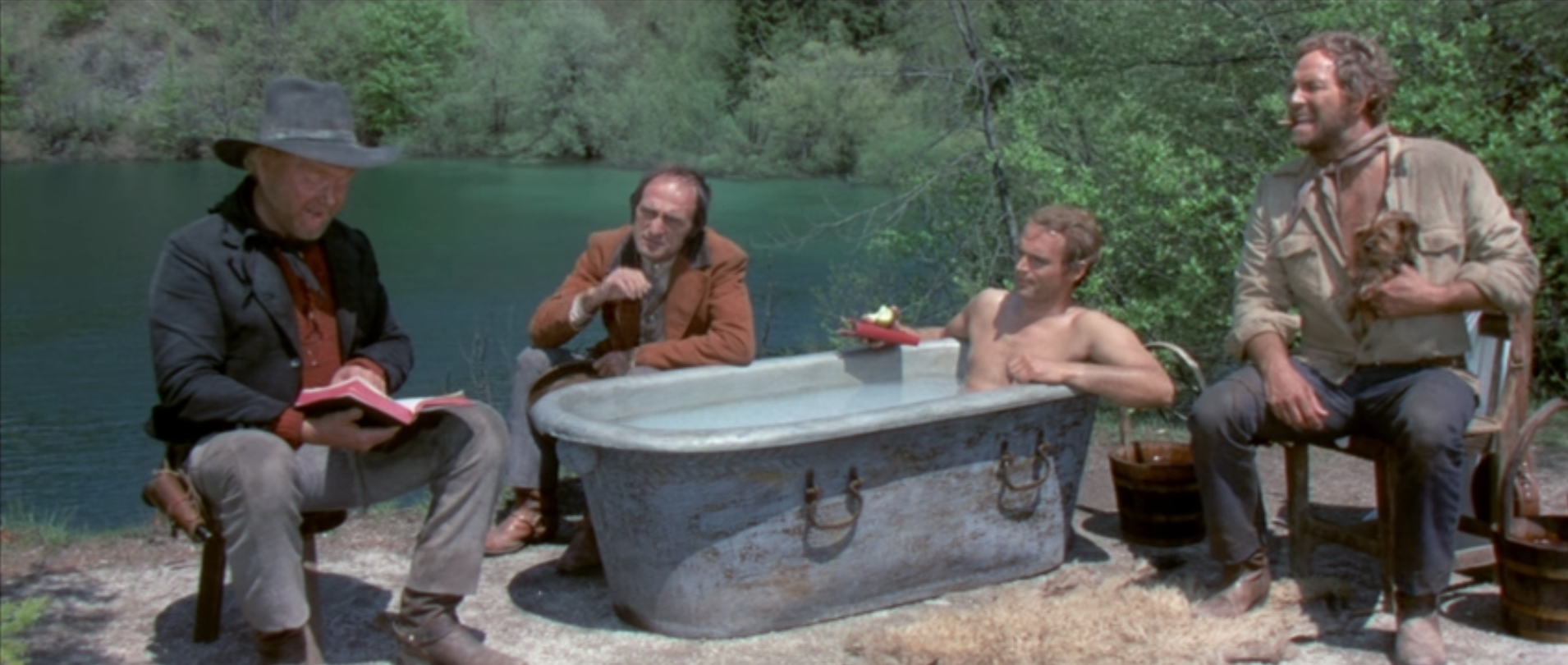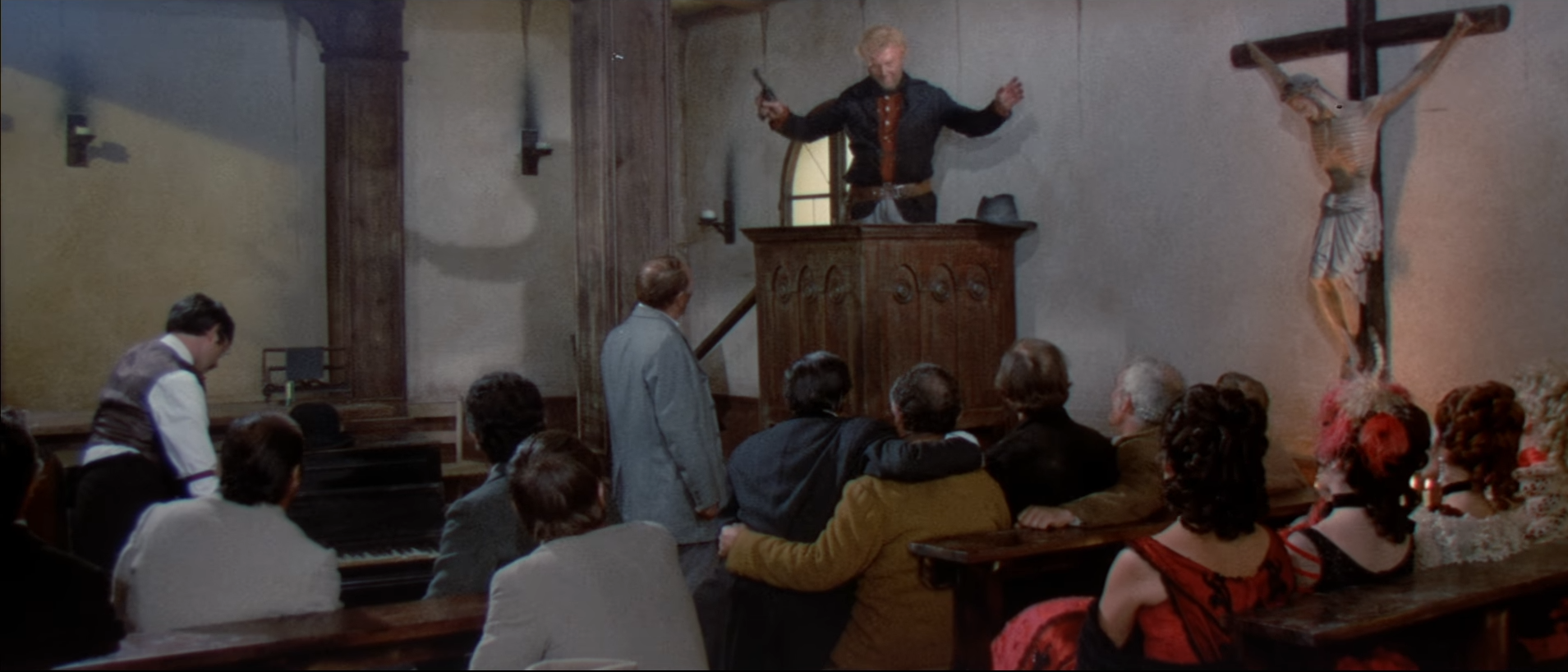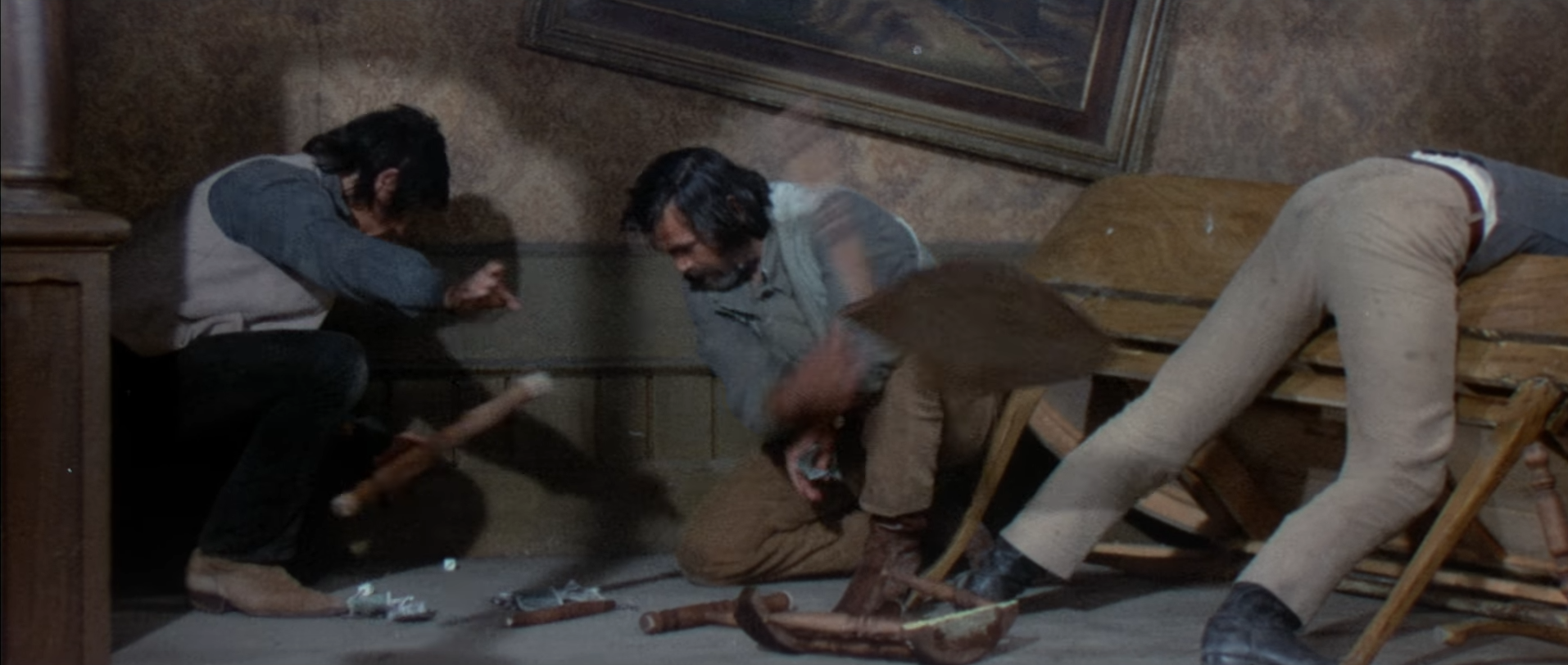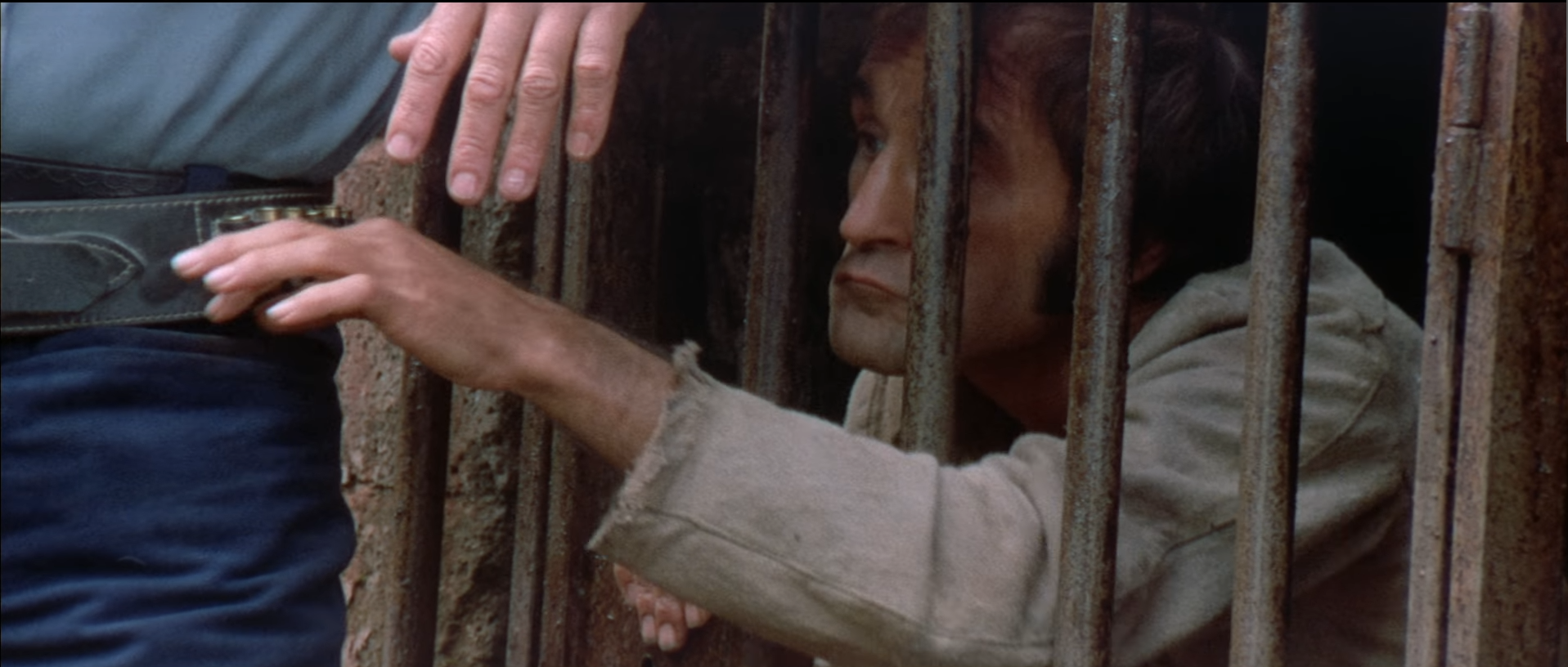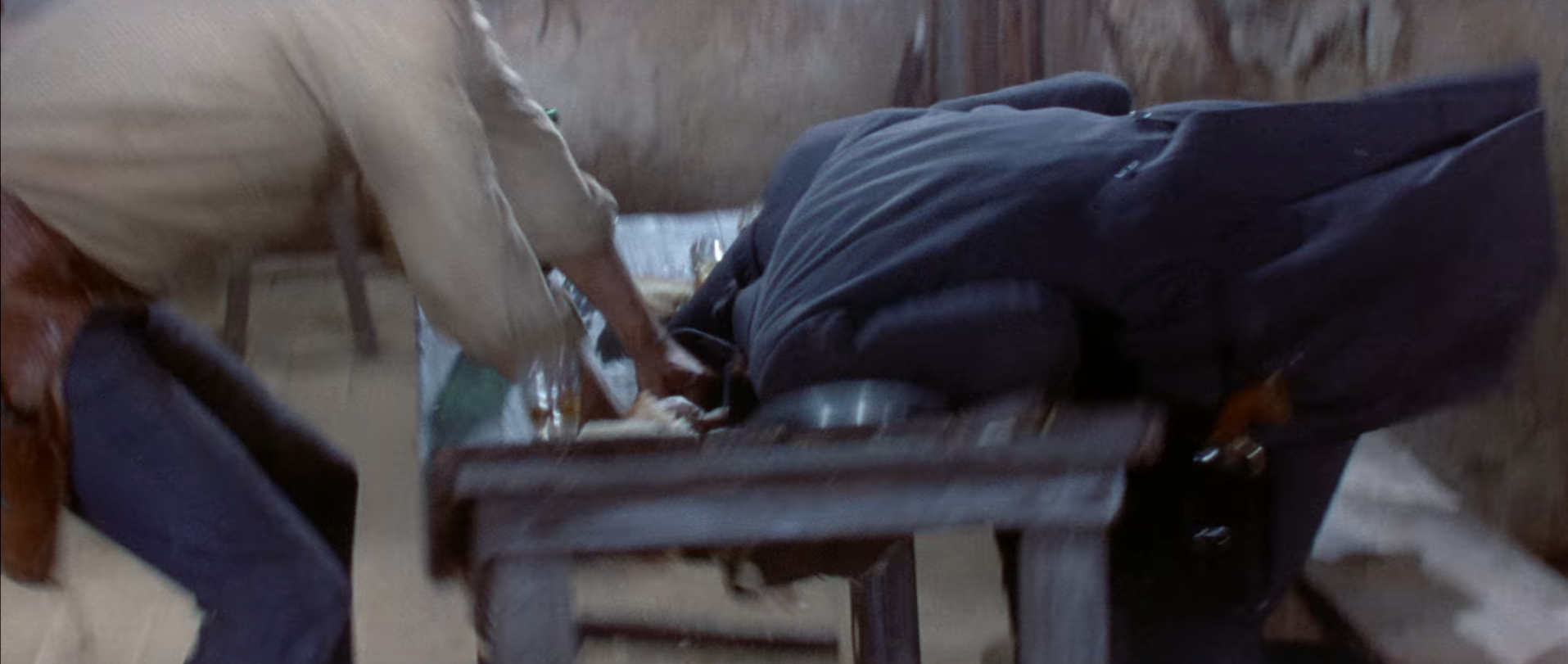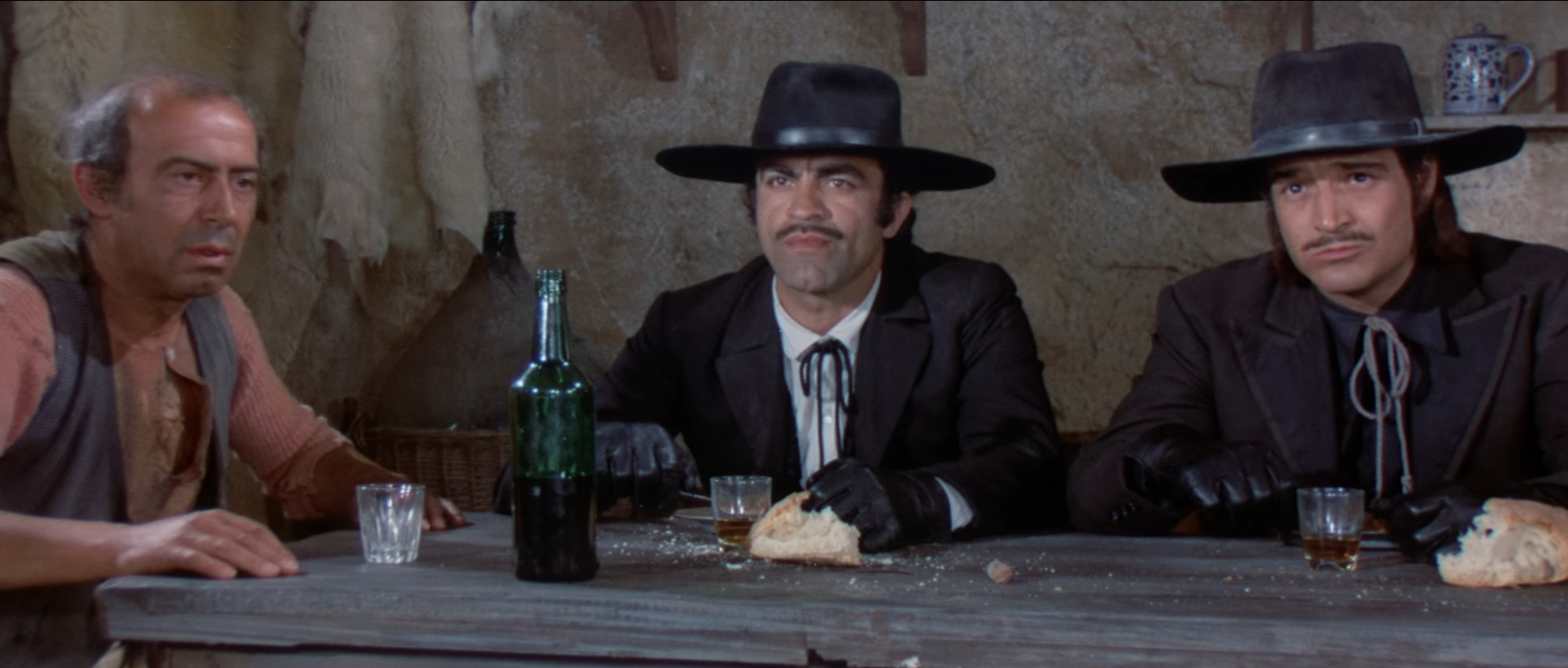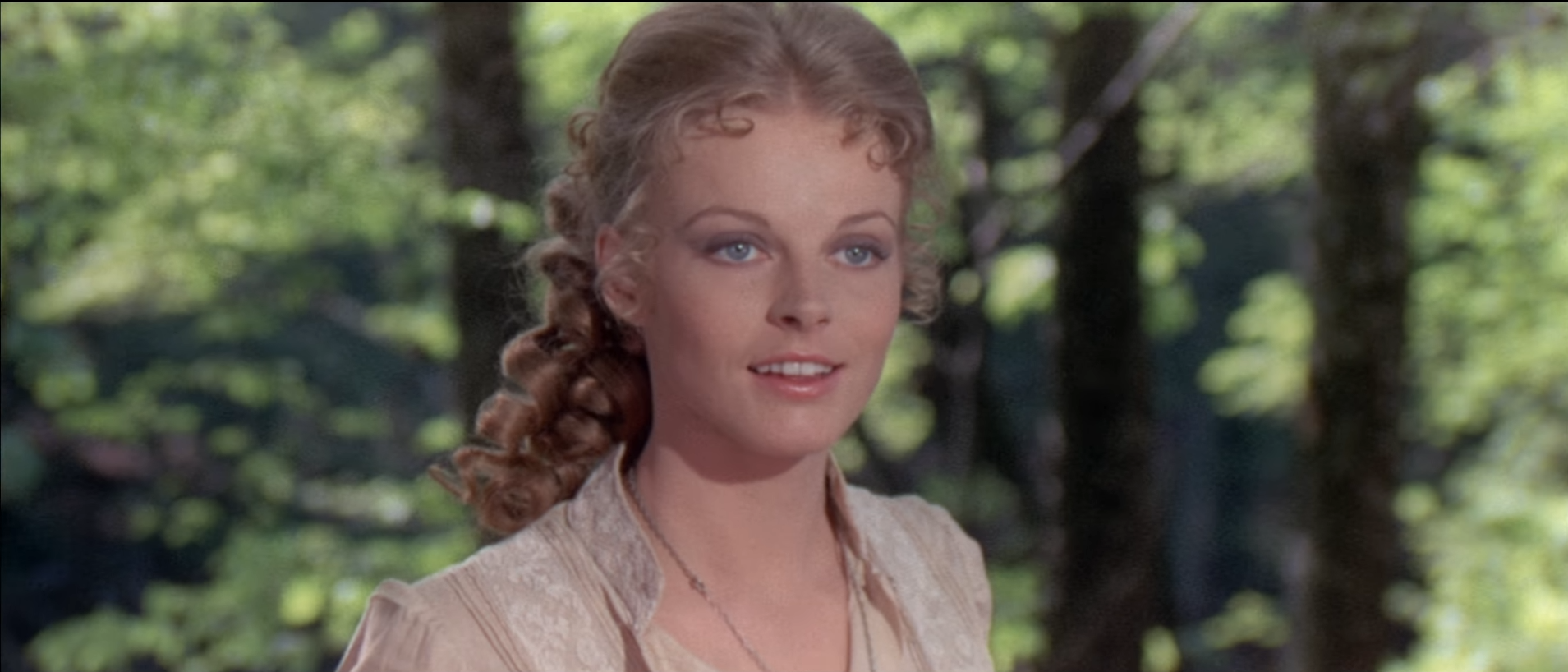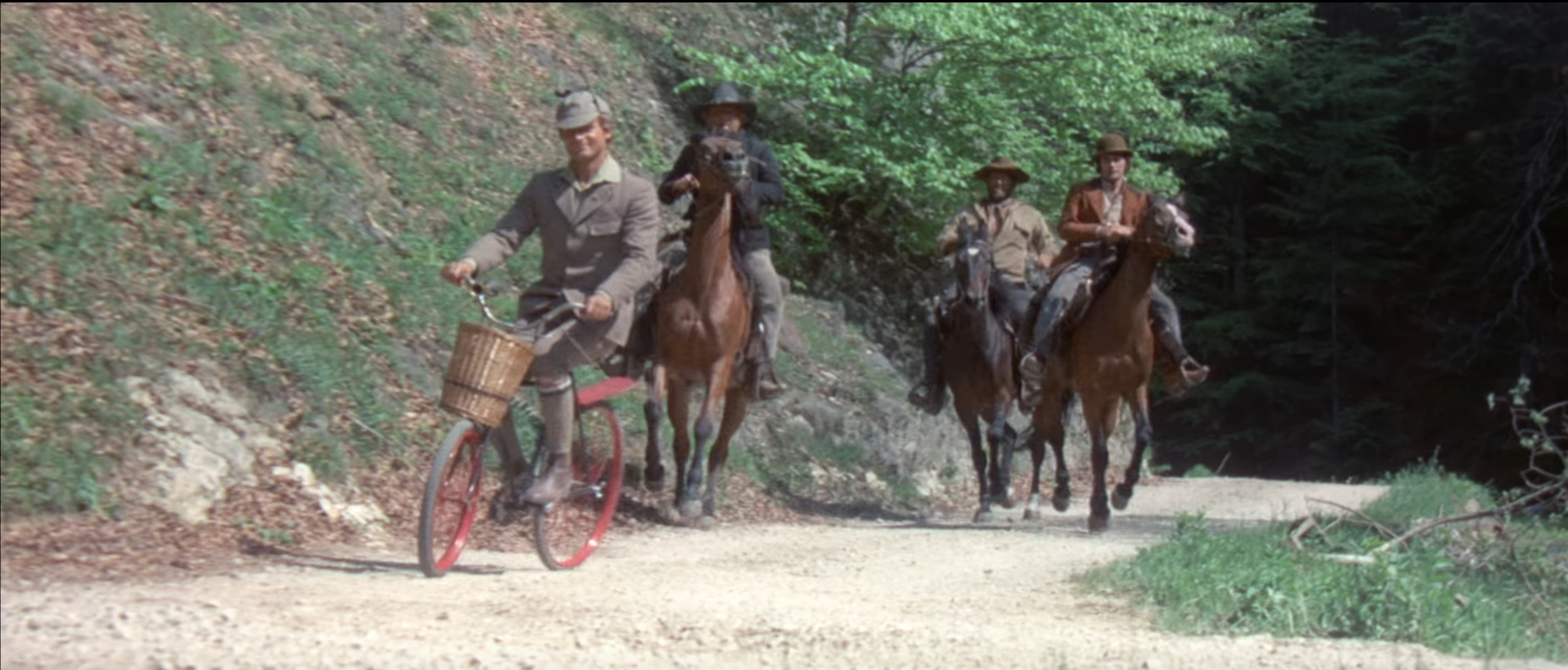Man of the East review
This is one of those movies I’d been meaning to get around to just because I liked the theme song so much. It’s one of those folk-inspired Guido & Maurizio songs, credited to Oliver Onions, with hints of Jethro Tull.
The last time I watched a western based on an Oliver Onions theme song was It Can Be Done, Amigo, a charming but mediocre Bud Spencer film, so my expectations weren’t incredibly high going in, and I was surprised to discover a new favorite in Man of the East.
Light-hearted, playful, and almost totally bloodless, Man of the East stands in stark contrast to the genre’s reputation for unrelenting violence and cynicism, and taps deep into the satirical roots of the spaghetti western.
There’s a throwaway line at the end of The Last Boy Scout that I think sums up a certain philosophy of self-aware genre filmmaking, "It's the 90s, you don't just smack a guy in the face, you say something cool first."
These are characters who are, on some level, aware of the fact that they’re in a movie. It’s an ethos that drives ironic genre movies like Scream, outright spoofs like Black Dynamite and Blazing Saddles, and pretty much everything ever written by Shane Black or Quentin Tarantino.
Whether or not these characters break the fourth wall, they’re enmeshed in the lore and the myth-making of their respective time and place. There is a strong emphasis on “getting into character,” to paraphrase Jules Winnfield.
This is embedded in the DNA of the Italian western, though there aren’t many that lean into it as hard as does Man of the East, where the cinematic tropes of the western are openly acknowledged as rites of passage for Terrence Hill's Sir Thomas Fitzpatrick Phillip Moore, a dainty Englishman who inherits his outlaw father's land, and his father’s gang, with the old man's passing.
Right away this is a movie that deserves credit for some images I haven’t seen in another western, like Terrence Hill leading a pack of mounted bandits on a bicycle, and Harry Carey Jr. dragging a bunch of drunks into a church at gunpoint so they can listen to his sermon.
The movie is packed with fun ideas like these. One of my favorite moments is when a fight breaks out in the saloon, and a pair of gamblers continue placing bets in the background, eventually playing on the floor when their table is knocked over, and being forced to clear the debris when an errant bar stool interrupts their game.
There are too many good moments to list, not just in the movie, but in the bar fight alone, which is one of the most chaotic and imaginative action scenes I’ve seen in a western. But this isn’t to say the movie is just a string of loosely connected jokes.
Man of the East is a bittersweet coming of age story of a young man learning the ways of the west, fighting, shooting, riding, drinking, and spitting, in the waning days of the era when his own civilized, city-slicker background would ultimately prove more useful, and the outlaws tasked with making a man of the boy will soon find themselves relics of a bygone day.
That outlaw gang, by the way, is probably the number one reason to watch this movie. Each one is given, and is worthy of, an extended introductory scene. Besides Harry Carey’s aforementioned sermon as Holy Joe, the gang’s resident spiritualist, you’ve got the iconic Dominic Barto as Monkey, haggling with the guard over his solitary confinement sentence after being caught pickpocketing his keys.
Rounding up the trio is Gregory Walcott as gentle giant Bull, whose introduction kicks off a running joke as he slams a pair of not-nearly-identical twin bounty hunters through a table for the first of many times.
They don’t look much like each other, but they do look a lot like the Dalton brothers from Lucky Luke (which Terrence Hill would adapt into a feature length TV pilot in 1991), which makes me think that’s what they were going for.
The gang are regarded less as a nuisance than as a necessary component of any self-respecting frontier community, having a friendly chat with the local undertaker (rocking his baby to sleep in a crib-sized coffin) about potential bank jobs, and leaving their victims with a story to tell well worth what little pocket change they might pilfer.
Terrence Hill in the lead role is, of course, as charismatic as he’s ever been. Characters like Nobody and Trinity come off as aloof, Chaplinesque drifters because they’re so handy with a gun that they can afford to be carefree. Sir Fitzpatrick is aloof because he simply doesn’t quite understand the ways of the West. It’s kind of the same effect in the end: These characters are never in any danger because they simply won’t acknowledge that the danger is there. Not unlike the Roadrunner.
The central storyline driving Tom’s coming-of-age journey sees him courting the lovely Candida Olsen, played by Yanti Somer, who you may recognize from Trinity Is Still My Name. But, Candida has been promised by her father, ranch owner Frank Olsen (A Minute to Pray, A Second To Die's Enzo Fiermonte) to town bully Mort Clayton (Riccardo Pizzuti, who’s played more spaghetti western goons than you can count on your fingers and toes).
Frank Olsen insists that his daughter marry a “real man,” and not this English dandy, so there’s your stakes right there. The conflict ends in one of those classic Terrence Hill showdowns where he does pretty much everything you can imagine besides shoot the bad guy, eventually brawling into the saloon, still in disrepair from the earlier rumble, where Bull orders a bystander to check in at the door and provide a play by play for the enraptured townsfolk waiting in the street.
Released a decade after A Fistful of Dollars, Man of the East qualifies as a twilight western, and it’s not without its touches of melancholy, as in the final moments when the outlaws are pushed farther and farther west by the encroaching railroad until they arrive at the coast of California, where they can still hear the train whistle in the distance.
But you won’t find a trace of the desolate, apocalyptic undertones of Enzo G. Castellari’s Keoma or Michele Lupo’s California here. This is more of a “smile because it happened” than a “cry because it’s over” look back on the glory days of the Italo-western.
And surprisingly family-friendly, too. Take a look at the Youtube comments, where you can watch the movie free with ads (not in all countires), and you’ll find plenty of folks reminiscing on watching the movie when they were growing up. So if you’re looking for something you can watch with the kids, or you’re in the mood for a more lighthearted spaghetti western, or if you’ve just seen the Trinity and Nobody films too many times and you’re looking for something new to watch over and over again, Man of the East is an underappreciated gem packed to the brim with imaginative visuals, charming characters, and fun ideas.
Gilbert Smith is a writer and animator you can find reviewing movies, cartoons, and whatever else he finds to distract him over on his Youtube channel. He’s also working on an animated western of his own, Adios Incorporated, which is still in the pre-production phase if you’d like to get your name in the credits.
